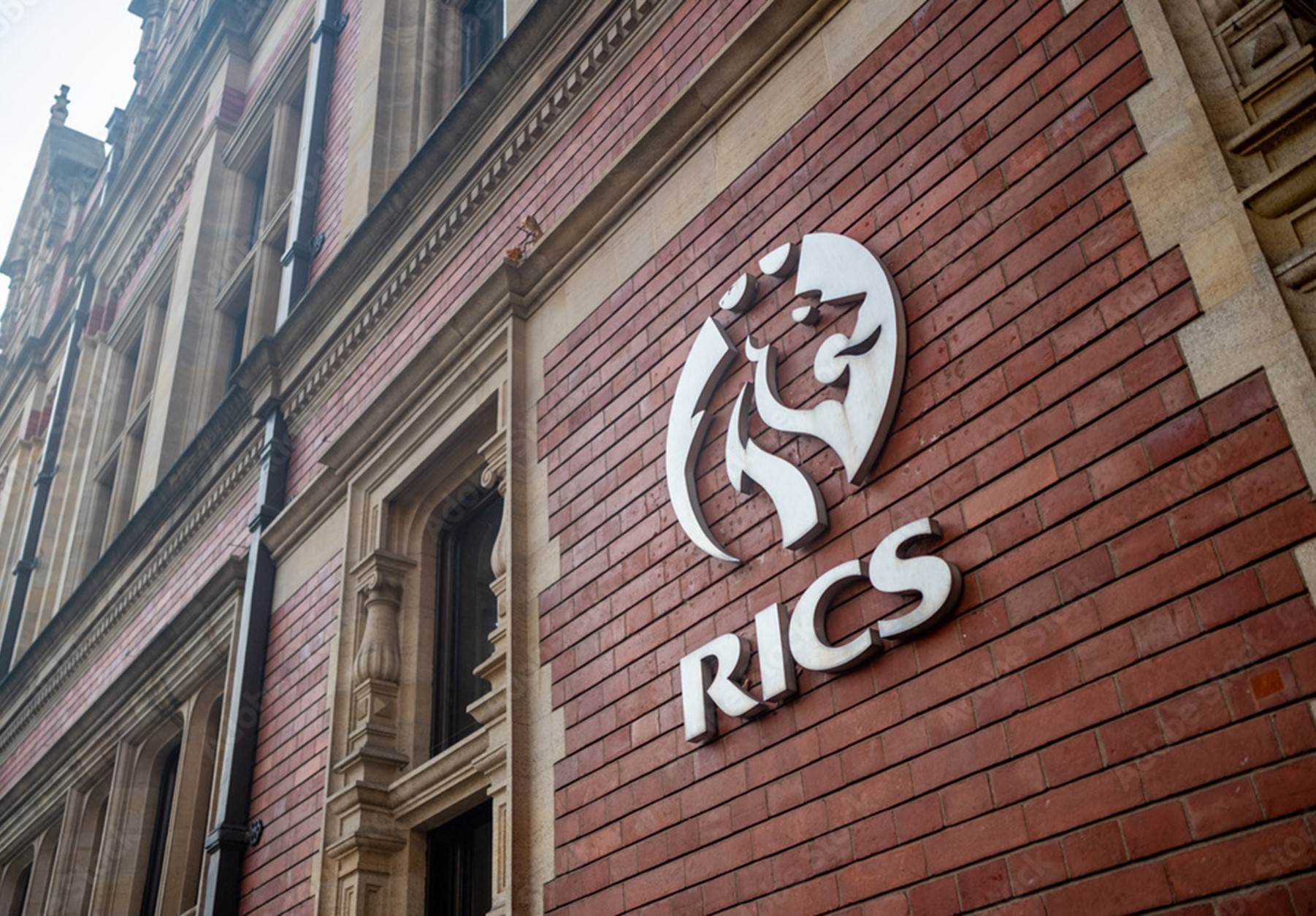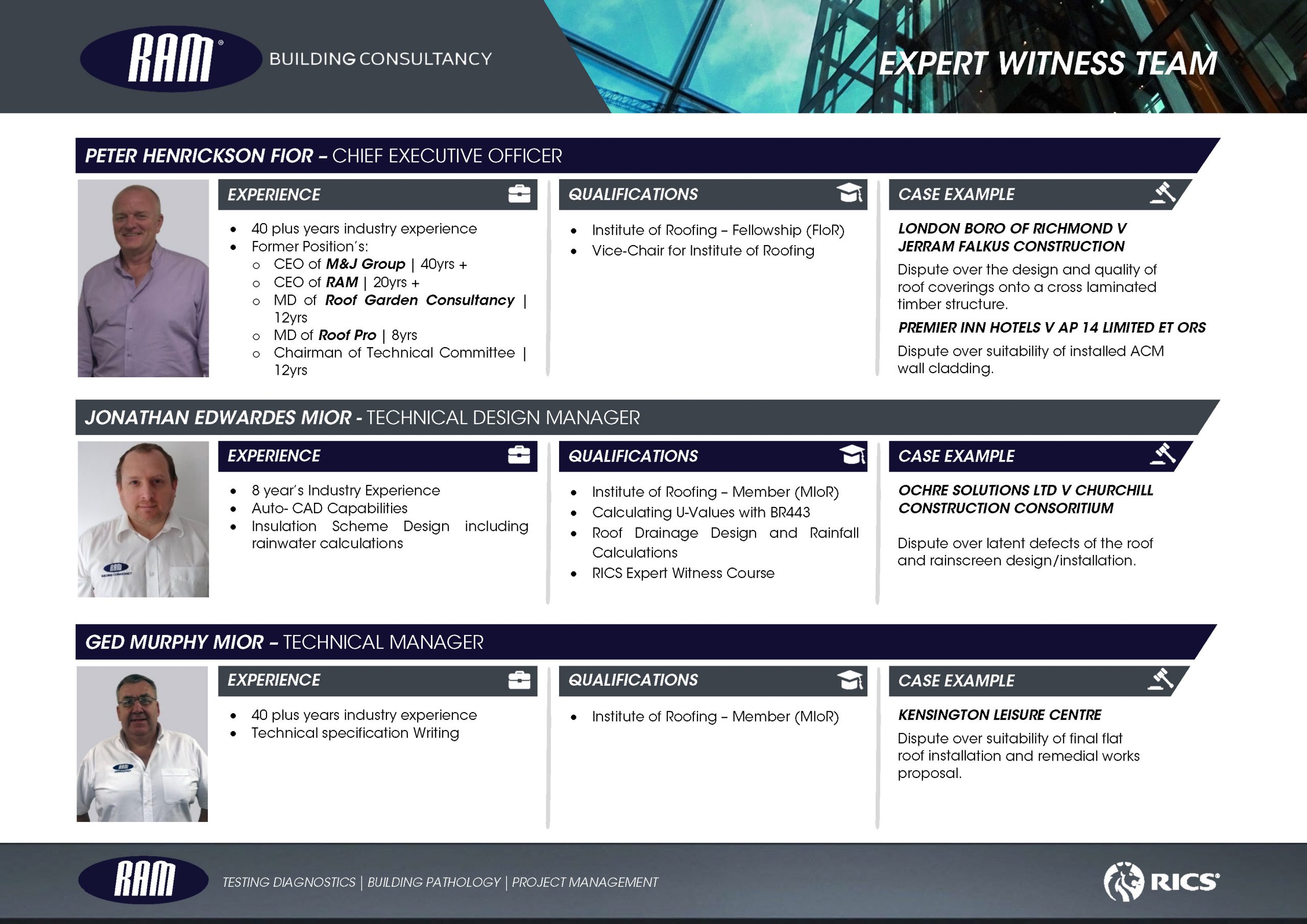|
|

RICS surveyors ensure that buildings are compliant with all industry regulations and standards. They play a pivotal role in helping to maintain the health, safety, and quality of buildings. In this post, we’ll discuss exactly what a RICS surveyor is and how they work to protect public safety and standards in the building regulations industry.
WHAT DOES A RICS SURVEYOR DO?
RICS surveyors are responsible for inspecting, surveying, and reporting on working buildings and construction sites to ensure their compliance with industry regulations. They use specialised equipment and drawing tools, such as laser levels and plotting boards, to accurately measure dimensions in an area. Additionally, they take measurements of construction materials like brickwork or foundations to ensure appropriate loadings are being achieved. Their role is also vital in providing safety advice before works begin.
THE DIFFERENT TYPES OF SURVEYS PERFORMED BY RICS SURVEYORS
RICS surveyors are specially trained to carry out a variety of surveys and inspections. These include (but are not limited to) Construction Quality, Fire Risk Assessments, Subsidence Surveys and Architectural Surveys. Construction Quality Surveys involve inspecting all aspects of a building’s structure, materials and finishes with the aim of assessing its physical condition and quality. Fire Risk Assessments, conducted according to NFPA standards, analyse all potential risks associated with fire in a particular area. Subsidence Surveys measure the movement or displacement of the ground to identify potential problems such as structural damage caused by subsidence. Finally, Architectural Surveys assess all architectural elements and characteristics within a space, allowing an accurate record to be created for future reference or plans.
THE QUALIFICATIONS REQUIRED FOR A RICS SURVEYORS ROLE
To work as a RICS surveyor, certain qualifications must be attained. These include membership of the Royal Institution of Chartered Surveyors (RICS) and holding RICS-accredited qualifications in professional surveying. Additionally, surveyors must be accredited by recognised qualification providers such as City & Guilds, EDI or CABWI. Finally, they must have experience in carrying out construction quality surveys, fire risk assessments and subsidence surveys in accordance with relevant regulatory requirements.
THE DUTIES OF A RICS SURVEYOR AND THEIR RESPONSIBILITIES TO THE CLIENT
RICS surveyors are responsible for ensuring that a range of criteria are met in order to ensure compliance with building regulations. This includes performing structural and safety inspections of residential and commercial properties, planning drawings and surveying projects, undertaking any necessary calculations or cost estimations needed in the building process, supervising works carried out onsite and issuing relevant reports under their professional judgement. They must also have a duty of care to their client, providing specialist advice as needed throughout the process.
ADVANTAGES OF HIRING A PROFESSIONAL RICS SURVEYOR FOR YOUR PROPERTY ASSESSMENTS
There are many advantages to hiring a professional RICS surveyor when performing property assessments. These professionals have the expertise, experience, and qualifications needed to ensure that any works done on your property meet regulations and comply with Building Control requirements. Additionally, their extensive knowledge of legislation and regulations mean they can give invaluable advice on any problems or issues you might face during the building process. Furthermore, training in advanced surveying techniques ensures that surveyor’s inspections are accurate and up-to-date even for difficult projects. Finally, as registered members of RICS, all surveyors must adhere to the highest standards of practice and service.
Contact us for professional, independent advice.
LATEST POSTS
[latest-selected-content limit=”3″ display=”title,content-small” titletag=”h3″ chrlimit=”280″ url=”yes” linktext=”Read More” image=”full” elements=”3″ type=”post” status=”publish” orderby=”dateD”]


